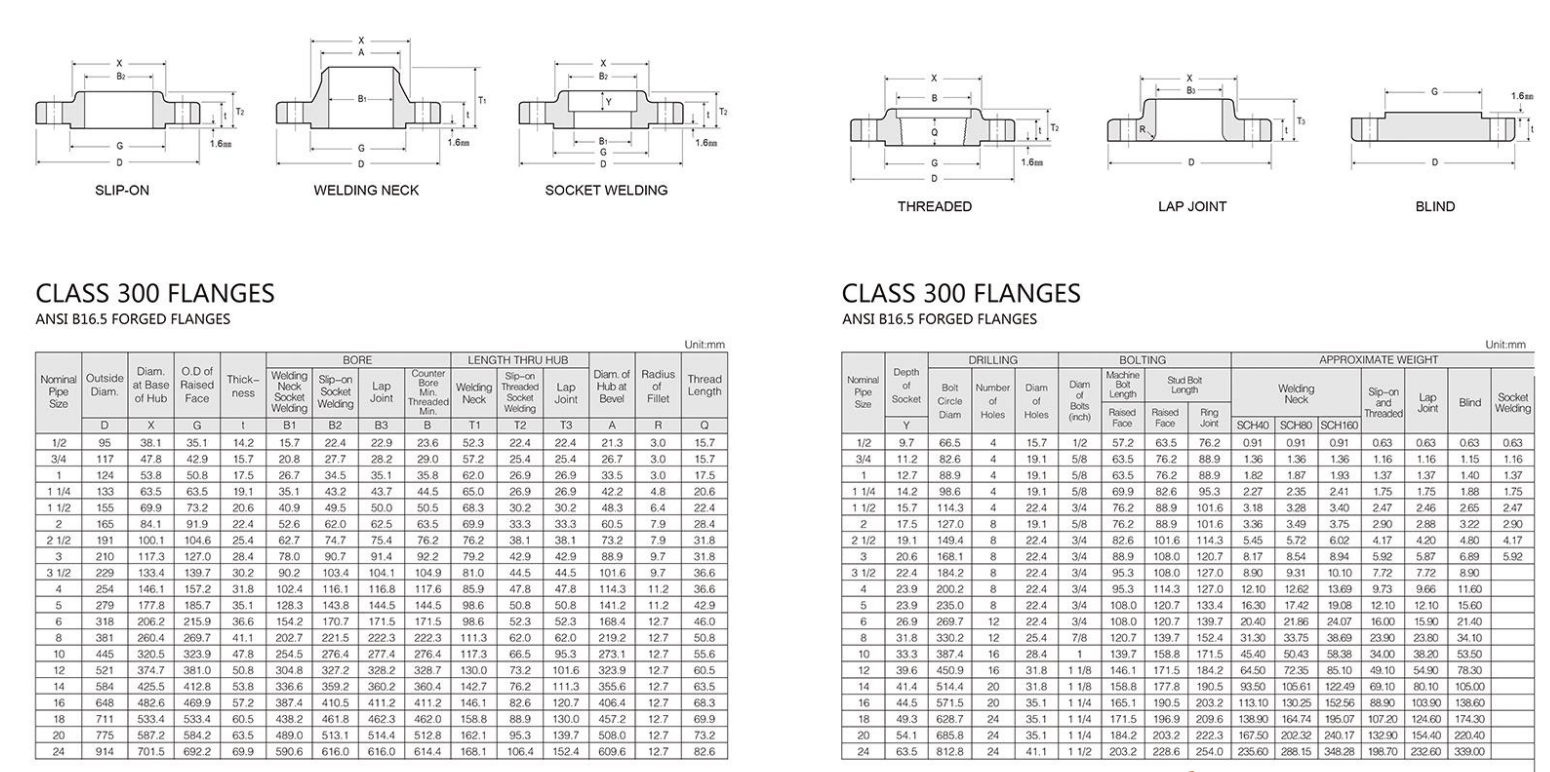-
Cangzhou Yulong Steel Co., Ltd.
-
Phone:
+86 13303177267 -
Email:
admin@ylsteelfittings.com
- English
- Arabic
- Italian
- Spanish
- Portuguese
- German
- kazakh
- Persian
- Greek
- French
- Russian
- Polish
- Thai
- Indonesian
- Vietnamese
- Zulu
- Korean
- Uzbek
- Hindi
- Serbian
- Malay
- Ukrainian
- Gujarati
- Haitian Creole
- hausa
- hawaiian
- Hebrew
- Miao
- Hungarian
- Icelandic
- igbo
- irish
- Japanese
- Javanese
- Kannada
- Khmer
- Rwandese
- Afrikaans
- Albanian
- Amharic
- Armenian
- Azerbaijani
- Basque
- Belarusian
- Bengali
- Bosnian
- Bulgarian
- Catalan
- Cebuano
- China
- China (Taiwan)
- Corsican
- Croatian
- Czech
- Danish
- Esperanto
- Estonian
- Finnish
- Frisian
- Galician
- Georgian
- Kurdish
- Kyrgyz
- Lao
- Latin
- Latvian
- Lithuanian
- Luxembourgish
- Macedonian
- Malgashi
- Malayalam
- Maltese
- Maori
- Marathi
- Mongolian
- Myanmar
- Nepali
- Norwegian
- Norwegian
- Occitan
- Pashto
- Dutch
- Punjabi
- Romanian
- Samoan
- Scottish Gaelic
- Sesotho
- Shona
- Sindhi
- Sinhala
- Slovak
- Slovenian
- Somali
- Sundanese
- Swahili
- Swedish
- Tagalog
- Tajik
- Tamil
- Tatar
- Telugu
- Turkish
- Turkmen
- Urdu
- Uighur
- Welsh
- Bantu
- Yiddish
- Yoruba

Aug . 15, 2024 10:49 Back to list
Overview and Applications of ASTM A333 Grade 6 Low Temperature Carbon Steel Pipes and Fittings
Understanding ASTM A333 Gr. 6 A Key Material for Low-Temperature Applications
When it comes to materials used in low-temperature environments, ASTM A333 Grade 6 plays a crucial role in ensuring the integrity and safety of various engineering applications. The ASTM A333 standard specifies the requirements for seamless and welded steel pipe intended for use in low-temperature service, particularly in the oil and gas industry. Understanding the characteristics and applications of ASTM A333 Gr. 6 is essential for engineers and manufacturers working in this field.
Material Composition and Properties
ASTM A333 Grade 6 is primarily composed of carbon steel, with specific requirements for its chemical composition to enhance its performance at lower temperatures. The standard outlines the permissible content of key elements such as manganese, phosphorus, sulfur, and silicon, ensuring that the material retains its ductility and toughness even at cryogenic temperatures.
Thanks to its unique composition, ASTM A333 Gr. 6 exhibits excellent impact resistance and high strength, making it particularly suitable for environments where temperatures can drop significantly—often below -50°F (-45°C). This makes the material ideal for use in applications involving natural gas and oil pipelines, as well as pressure vessels and storage tanks subjected to low-temperature conditions.
Mechanical Properties
Understanding ASTM A333 Gr
. 6 A Key Material for Low-Temperature ApplicationsManufacturing and Testing
astm a333 6

The manufacturing process of ASTM A333 pipes involves either seamless or welded methods, each adhering to stringent quality and safety standards. For seamless pipes, the absence of seams reduces the risk of failure under pressure, a critical advantage in low-temperature applications. Welded pipes, on the other hand, must adhere to additional testing requirements to ensure that the welded joints meet the necessary toughness criteria.
Testing of ASTM A333 Grade 6 pipes is rigorous, including impact testing at specified temperatures to confirm performance under extreme conditions. Such testing ensures that the pipes can perform reliably in real-world applications, where any failure could result in catastrophic outcomes.
Applications
The versatility and reliability of ASTM A333 Gr. 6 make it a popular choice in numerous applications, particularly within the energy sector. It is widely used in the construction of pipelines that transport natural gas and liquefied gases, where low temperatures are a crucial concern. Additionally, it plays an essential role in the manufacture of offshore structures, chemical plants, and various industrial equipment.
Moreover, the aerospace industry utilizes ASTM A333 pipes for components exposed to extreme thermal environments, ensuring system integrity and safety. Its application isn't just limited to energy; it also extends to refrigeration systems, providing solutions where traditional materials might fail under similar conditions.
Conclusion
In conclusion, ASTM A333 Grade 6 is a vital material for low-temperature applications across various industries. Its unique composition, favorable mechanical properties, and rigorous manufacturing standards ensure that it meets the demands of challenging environments. As industries continue to push the limits of technology and explore new frontiers, the importance of reliable materials like ASTM A333 Gr. 6 cannot be overstated. Understanding this standard helps engineers and manufacturers make informed decisions for ensuring safety, efficiency, and durability in their projects.
Latest news
-
ANSI 150P SS304 SO FLANGE
NewsFeb.14,2025
-
ASTM A333GR6 STEEL PIPE
NewsJan.20,2025
-
ANSI B16.5 WELDING NECK FLANGE
NewsJan.15,2026
-
ANSI B16.5 SLIP-ON FLANGE
NewsApr.19,2024
-
SABS 1123 FLANGE
NewsJan.15,2025
-
DIN86044 PLATE FLANGE
NewsApr.19,2024
-
DIN2527 BLIND FLANGE
NewsApr.12,2024
-
JIS B2311 Butt-Welding Fittings LR/SR 45°/90° /180°Seamless/Weld
NewsApr.23,2024











